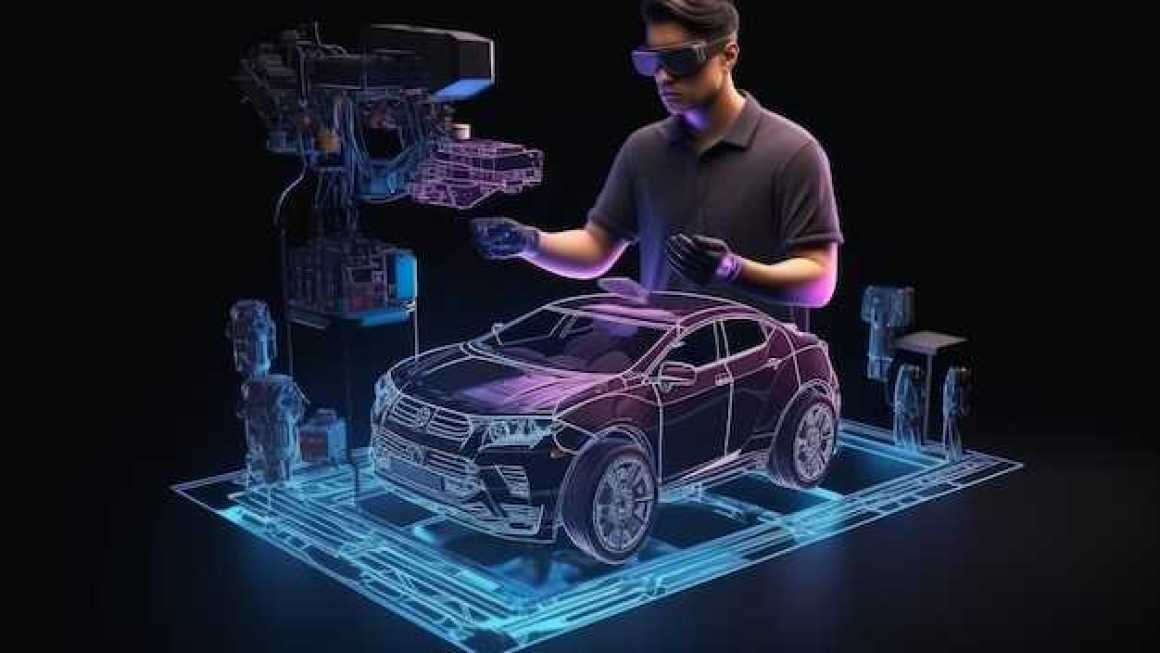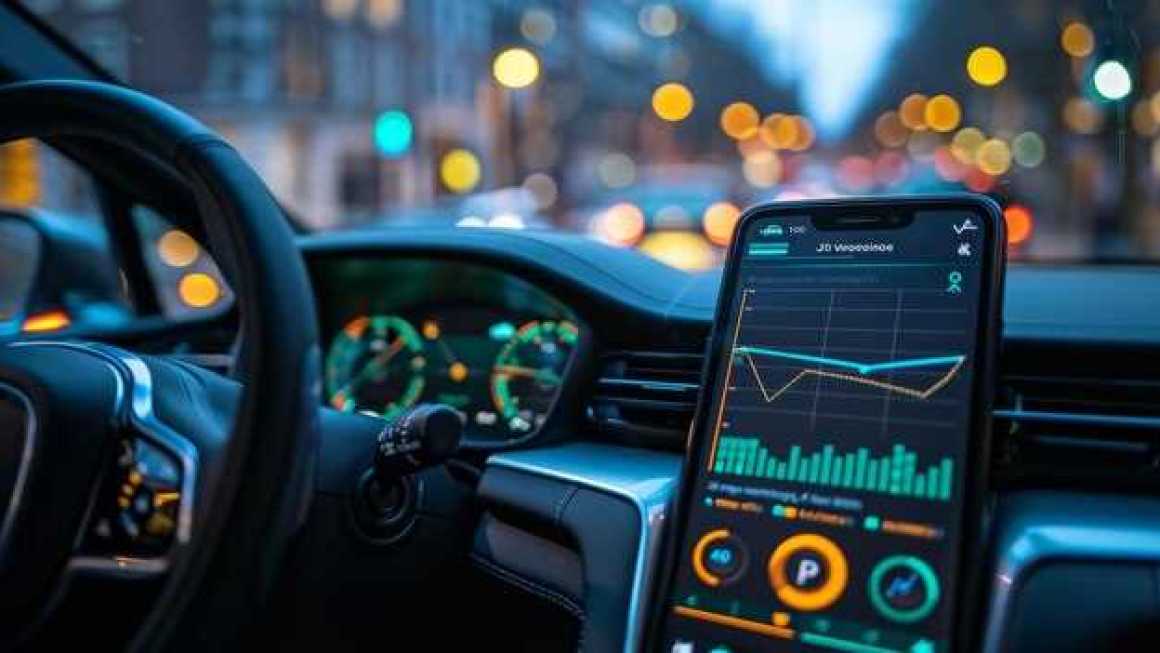
The advent of autonomous vehicles marks a significant technological breakthrough that holds the potential to transform modern transportation. As the world increasingly embraces innovation, the integration of smart, self-driving vehicles into our daily lives prompts us to examine its far-reaching implications. These vehicles, powered by complex algorithms and advanced sensors, offer not only improved safety but also the promise of enhanced efficiency in urban mobility.
Moreover, the rise of autonomous technology presents numerous opportunities for rethinking urban infrastructure and societal norms. As we adopt these cutting-edge vehicles, cities may need to adapt their layouts to accommodate this new mode of transportation, potentially reducing traffic congestion and lowering carbon emissions. However, the transition to a society where autonomous vehicles dominate the roads raises critical questions about job displacement within the driving sector, as well as the ethical considerations surrounding machine decision-making.
Understanding the profound societal impact of autonomous vehicles requires a multifaceted approach. It involves not only assessing the technological advancements but also exploring the economic, environmental, and social dimensions that will shape our future. The successful integration of these vehicles hinges on collective efforts from policymakers, technologists, and communities to navigate the challenges and harness the benefits of this groundbreaking shift in transportation.
Understanding the Technology Behind Self-Driving Cars
Self-driving cars, also known as autonomous vehicles, rely on a sophisticated array of technologies to operate safely and efficiently on our roads. Central to this innovation is the integration of various sensors, software algorithms, and hardware components that work together to simulate human driving capabilities.
One of the primary technologies used in autonomous vehicles is lidar (Light Detection and Ranging), which employs laser beams to measure distances to objects in the vehicle’s environment. This data helps create a detailed 3D map of the surroundings, allowing the vehicle to identify obstacles, pedestrians, and other vehicles.
In addition to lidar, cameras are crucial for object recognition and traffic signal detection. These cameras provide real-time visual information that complements lidar data, enhancing the vehicle’s understanding of its environment. Machine learning algorithms are employed to process this visual data, allowing the vehicle to interpret complex situations and make informed decisions.
Another key component is the radar technology, which uses radio waves to detect the speed and distance of objects. Radar is particularly useful in adverse weather conditions, where visibility is compromised, ensuring that the autonomous vehicle can maintain safety regardless of external factors.
The integration of these technologies is managed by a central computing system that interprets sensor data in real time. This system utilizes advanced algorithms and artificial intelligence to control the vehicle’s movements, making split-second decisions that replicate human driving behavior.
As autonomous vehicles continue to evolve, advancements in connectivity will further enhance their functionality. Vehicle-to-vehicle (V2V) and vehicle-to-infrastructure (V2I) communications will facilitate a more synchronized transportation ecosystem, allowing vehicles to share essential information about traffic conditions and potential hazards.
In summary, the technology behind self-driving cars is a complex interplay of sensors, computing power, and artificial intelligence. This innovative blend not only transforms the driving experience but also promises to significantly impact societal norms related to transportation and mobility.
Legal and Ethical Challenges of Autonomous Vehicle Deployment

The deployment of autonomous vehicles presents a range of legal and ethical challenges that society must navigate. As technology advances, the question of liability in the event of an accident remains a primary concern. Determining whether the manufacturer, software developer, or the owner of the vehicle is responsible for damages raises complex legal issues that existing frameworks may not adequately address.
Moreover, the ethical implications of decision-making algorithms in autonomous vehicles present further complications. These vehicles are programmed to make split-second decisions during emergencies, potentially placing human lives at risk. The moral dilemma of how a vehicle should prioritize lives–whether to save occupants at the expense of pedestrians or vice versa–has sparked intense debate among ethicists, policymakers, and the public.
Regulatory bodies must also consider the implications of privacy, as autonomous vehicles collect vast amounts of data to function effectively. Ensuring that this data is handled responsibly and protects the privacy of individuals is paramount. The balance between innovation in vehicles and the safeguarding of personal information remains a critical challenge.
Furthermore, diverse laws across jurisdictions create obstacles for manufacturers aiming to deploy autonomous technology consistently. Governments need to establish comprehensive regulations that address liability, safety standards, and ethical considerations while fostering innovation in the automotive industry.
In summary, the integration of autonomous vehicles into society requires careful consideration of legal and ethical frameworks. Stakeholders must work collaboratively to develop solutions that accommodate technological advancements while ensuring public safety and ethical integrity.
Socioeconomic Changes Driven by Self-Driving Technology

The introduction of autonomous vehicles is poised to reshape various socioeconomic factors within society. As self-driving technology becomes more prevalent, the transportation landscape will undergo a significant transformation, impacting employment, urban design, and economic accessibility.
One of the primary areas affected will be employment, particularly in the driving sector. Jobs associated with transportation, such as truck drivers, taxi operators, and delivery personnel, may face displacement due to the efficiency of autonomous vehicles. However, this shift could also drive new job creation in technology development, maintenance, and oversight of self-driving systems, resulting in a redefined workforce.
Urban design is another crucial aspect influenced by self-driving technology. With the reduction of personal vehicle ownership, cities may reallocate space previously designated for parking, allowing for the development of green spaces, pedestrian walkways, and cycling paths. This urban reconfiguration can lead to enhanced quality of life, improved public health, and increased community engagement.
Moreover, economic accessibility is likely to improve as autonomous vehicles provide mobility solutions to underserved populations. Individuals who are unable to drive due to age, disability, or financial constraints may gain increased independence and access to employment opportunities. This increased mobility can stimulate local economies and contribute to social equity.
Lastly, the environmental impact of self-driving technology cannot be overlooked. Autonomous vehicles are generally designed to operate with greater fuel efficiency and can reduce congestion, which may lead to lower emissions. This shift can play a significant role in addressing climate change and promoting sustainable urban environments.
Overall, the integration of autonomous vehicles into society is set to drive profound socioeconomic changes, requiring careful consideration and planning to maximize benefits while minimizing disruption.



